Making it happen: Planning business growth
Making it happen: Planning business growth: (Part 3)
In this Planning Business Growth series of blogs, we have already explored how to manage your cash flow and how to forecast profitability. If you’ve got to grips with that, you now need to put the plans into action. This is often the part that people find most difficult, but is the really exciting bit in which you can see your plans come to fruition and you and your team will benefit from the rewards!
So having read Parts 1 and 2 of this blog series, you should now know:
• Your market
• How big the opportunity is and what products or services you’re going to promote
• Who your most valuable customers are (your target market)
• Who your competitors are for those high-value prospects and customers
So, before diving in and telling the world about what you can offer, you need to take a deep breath and ask yourself:
• Are our plans feasible, achievable and deliverable?
The following questions may prompt your response.
• What are we great at? List these things. They might be a high service level, prompt delivery, high quality product or the ability to just listen to your customers’ needs before offering a solution. Keep doing these things well, but make sure you tell people about them. Obtaining testimonials and case studies is a great way to share your strengths and promote your business through marketing.
• Where can we improve? Be honest and list improvement areas; these become your first actions in your business improvement plan. You may need to improve systems, branding, corporate image, and communications across the business, refine team meetings, host one-to-ones or improve the measurement of business metrics.
• Where are we vulnerable? What are the big risks in growing your business? In many cases, the business tends to revolve around one or two key people. Usually, the owner has all the business relationships or there is a key member of staff who has all the industry, system, product and/or service knowledge. This poses a risk and you need to have a plan to mitigate these as the business growth will be restricted if it’s built around one person.
• What is your competitive edge? Why do you stand out from the crowd? What’s your Unique Selling Proposition (USP)? Write these down and form your key messages around them.
Hold your fire!
Before you go to market, one of the most important things to do is to host a staff engagement session for all staff. Some may be reticent to attend as they may think that their role does not relate to marketing, but they need to buy in to your growth plans to help you to deliver them. Staff ‘away days’ tend to work well, just make sure that you meet somewhere where you won’t be disturbed and outside of normal business hours. A good idea is to link the gathering to a night out or a bit of fun and a celebration. I have facilitated these regularly for clients and the most successful ones are run as an open discussion workshops.
Key points to share in the staff engagement session
• Your story. How the business developed; don’t assume every member of staff knows the history of the firm. They may be more motivated than you might think if they understand their place in your organisation’s history. If you’re planning to grow, it’s probably an exciting time to be involved too.
• Share your core values, mission and vision. Gain an understanding of how you can motivate your staff to engage in what the company stands for and delivers. Why do they do what they do? Share the business’ objectives. A good tip is to monetise this; e.g. “We’re targeting £500K turnover with 175K profit by end of 2020.” It’s critically important to share the challenges that you need to overcome and how they can help you to do this in order to reach those targets.
Open the floor up and ask some open questions of your staff:
• How can we improve communication around here? Both internally and externally. Gather their ideas; either write them down on a flip chart or ask them to fill in post-it–notes and stick on the wall.
• How do we improve the quality of our processes to ensure we continue with high levels of customer service in busier times?
• How do we grow the business? What are the key things we could do? There is no such thing as a ‘bad idea’ and there should be no judgement formed; let the ideas flow – there may be some gold nuggets hidden in there; chances are that your staff are closer to your customers, competitors and the market than you are.
• How do we share the rewards of future growth based on the improved communication, quality and sales? It’s likely that the answers won’t be about purely money. Three examples I had in customer sessions were:
a. Improved canteen and a new fridge (the fridge was installed the next day!).
b. An extra day off for birthdays.
c. More of these types of meetings and to know how the business is doing.
Once, you’ve obtained staff input, it’s critical that you put some of the ideas into action. Some will be quick wins and you will probably have thought of many of the ideas yourself. Once your employees have observed that things have happened based on their ideas, it becomes much easier to introduce change and to give them ownership.
You will never deliver your goals on your own and remember it’s only through your people that you will become successful.
A word of warning, the chances are that one or two of your existing staff won’t want to be part of your plans or may realise they could be asked to be accountable and therefore could potentially leave your business. In such circumstances, never make concessions, make room or build the business around these individuals. You will be better off in the long run to let them go and fill any gaps by either retraining or recruiting the right-minded individuals who match your core values and want to help you achieve your vision.
Now you are ready to create a sales plan
A sales plan will mean that you can go to market with firm foundations in place, meaning that you’re less likely to stall in your tracks or set yourself up for failure. Establish real sales targets, share these with your team and give them ownership and the tools to deliver. Ultimately, it’s about giving people accountability, but ensure you measure and follow up regularly, praise face to face and manage any poor performance. If this sounds too tricky or something you’re uncomfortable with, then seek help from a professional.
Thereafter, just continue to update and involve the whole team. Only by surrounding yourself with the best team possible and ensuring everyone buys into your vision, will you create ‘goal congruence’, which will truly help you realise your personal and business dreams.
Feeling overwhelmed?
I hope that has motivated you into thinking about some of the things that you need to implement and consider to grow your business. If you feel overwhelmed by these considerations, that’s perfectly normal; no-one can achieve their aspirations without help and guidance.
If you are looking to grow your business, Business Doctors Cumbria offer a free business health check where we can help you to set a clear vision to understand the key steps you need to take to fulfil your aspirations.
Contact Peter Fleming by phone on 0845 163 1490 or 07966 686112, or by email on peterfleming@businessdoctors.co.uk, or visit the Business Doctors website.
Click here to book your free Business Health Check.
Warning: Undefined variable $cat_slug in /www/businessdoctorsireland_388/public/wp-content/themes/business-doctors/single.php on line 208








